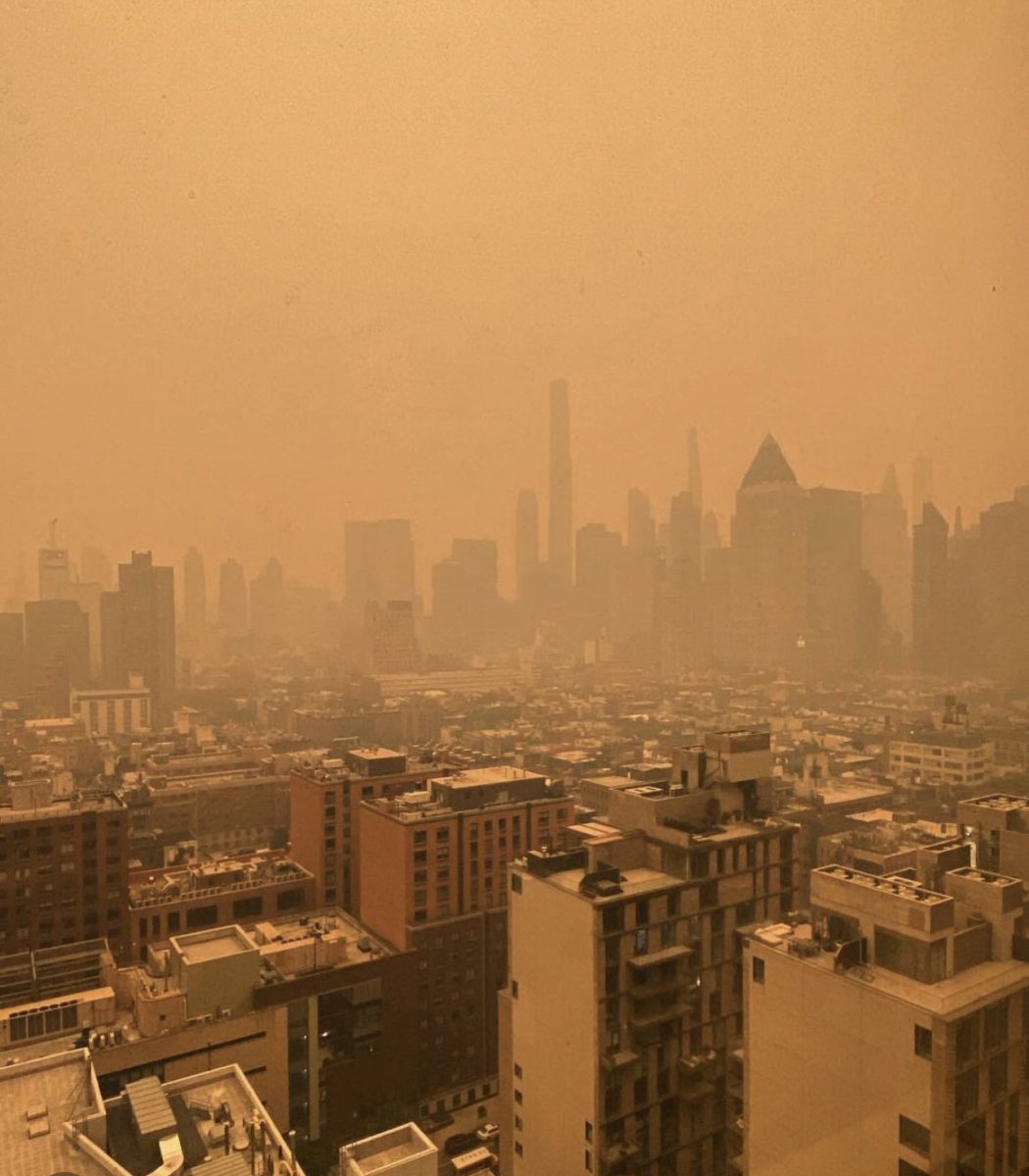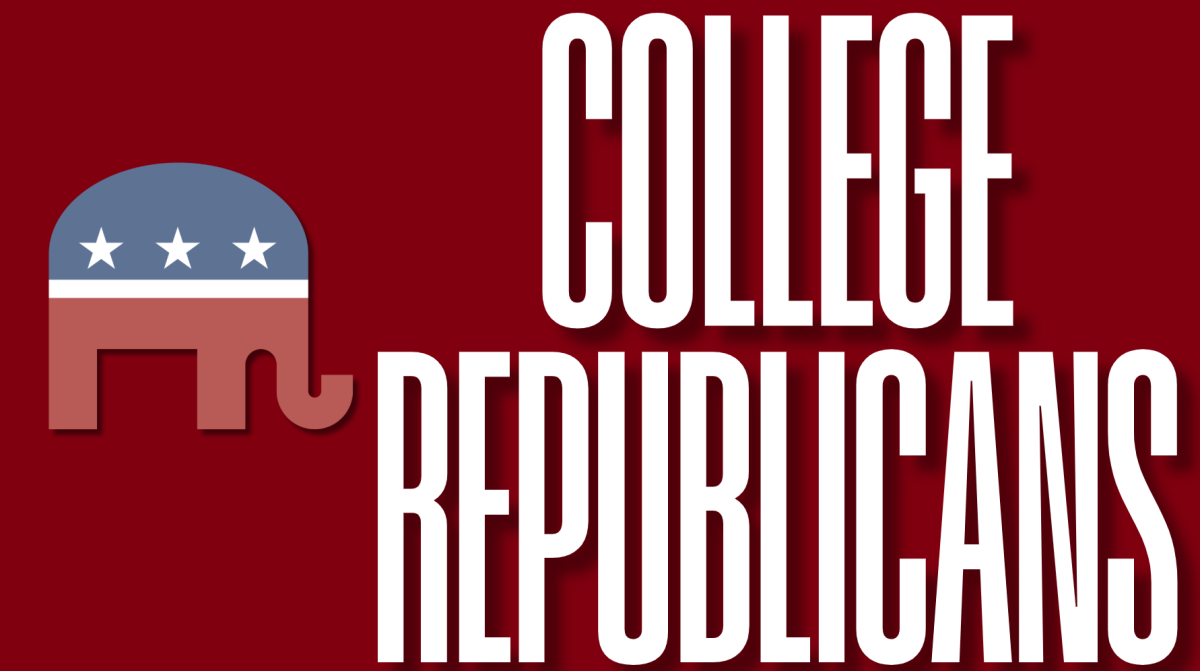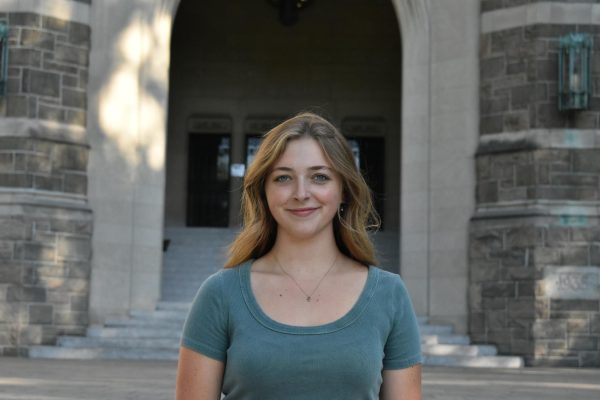Climate change sucks. We all know that. What we don’t all know is how it will directly impact our lives within the next few years, and how we can work together to mitigate it. This hole in our knowledge leaves us feeling helpless in the face of extreme weather events, such as hurricanes and the wildfires that ravaged Canada over the summer. Worse still, it creates apathy. If we all see climate change as this immutable force that will wipe us off the face of the earth, then of course we aren’t going to waste our energy fighting it. As someone who is a student of environmental studies and has worked at an environmental nonprofit, I can assure you that we have a lot of power when it comes to tackling climate change. But before we can try to mitigate it, we first need to know exactly how it’s going to impact our lives. So, I’m going to explain two ways that climate change will directly impact residents of New York City, and then I’ll explain how we can fight it. There’s more hope than you might think.
First, it’s going to get hotter. You probably know that. What you might not have known, however, is that New York City has recently been reclassified as a subtropical climate. To meet this classification, New York has to have winters that remain above 27 degrees Fahrenheit and summers that average 72 degrees Fahrenheit, which it has for the last five years. This increasing heat, which New York is not used to, puts your health at risk.
Hot temperatures in the summer exacerbate a phenomenon called the urban heat island effect, which is when urbanized areas experience higher temperatures due to the built environment re-emitting the sun’s heat. 350 New Yorkers die each summer as a result of heat-related stress, which is terrifying as each summer is hotter than the last. However, the solution is really easy: planting trees. That’s it. According to the EPA, planting trees in an urban setting can reduce the overall temperature by 2.9 degrees Fahrenheit. However, this isn’t the whole story. In an area shaded by trees, only 10-30% of UV radiation from the sun reaches the ground, due to the vast majority of it being absorbed by the tree’s leaves. This can reduce ground temperatures by 20 to 40 degrees Fahrenheit, ending the urban heat island effect.
Second, food will get more expensive. If you’re a Sriracha fan, you might have noticed that purchasing Huy Fong Foods’ Sriracha has gotten increasingly difficult in the last year. The Sriracha shortage was caused by a drought in Mexico, where the company purchases their chili peppers, which was the result of climate change. With the climate shifting, other food products are likely going to experience the same fate. According to the World Economic Forum, climate change has been responsible for 30% of yearly fluctuations in crop production since 2007. It has also crippled the advances countries have made in increasing their food production, with recent research suggesting that climate change has canceled out “up to 30% of the expected increase in growth of European crops.” The Intergovernmental Panel on Climate Change (IPCC) has even noted in their report that the increase of heat and rainfall, which is associated with climate change, is reducing the productivity of soil. In short, the global supply of food is at risk.
While this is scary, we have strategies to avoid it. One way to negate the negative impact of this is to grow your own food. New York City has around 500 community gardens, many of them here in the Bronx, where residents gather to grow all sorts of vegetables that thrive in the (now) subtropical climate. According to the New York Times, community gardens began appearing in the 1970s as a response to the fiscal crisis, allowing people a way to grow cheap food in abandoned plots. We now know that they’re also crucial for absorbing water and mitigating the urban heat island effect. In fact, they’re so important for the future that the New York State government has created a Community Gardens Task Force in order to establish and expand these gardens. Even if you do not live in a city, growing your own food is hugely beneficial to lowering your own carbon footprint and (better yet!) your grocery bill.
The good news is, the world has already changed for the better. In just New York City, dozens of different species have returned to the concrete jungle because it has become a productive environment that can sustain them. Just a few years ago, New York City was home to squirrels, pigeons and raccoons. Now, there’re red-tailed hawks, peregrine falcons and bald eagles moving into penthouses in Manhattan; butterflies and rare bees browsing the flowers in Brooklyn; oysters and seahorses wading in the Hudson; and humpback whales visiting the Rockaways. There was a coyote in Central Park three years ago, and more live in Queens now. Mayor Eric Adams and the New York City Council have instituted mandatory composting in all five boroughs, a measure that will go into effect gradually over this year and the next. This will make a huge impact, as organic matter produces methane when disposed of in landfills. All of these improvements are the result of someone’s hard work, their dedication to their city and their imagination.
I imagine the future as a world with more green spaces, clearer water, cleaner skies and healthier people. I see a world where seals gather on Brooklyn beaches, where people sit on the edge of Manhattan and fish the Hudson, where songbirds nest in trees in between apartment buildings. A world where people spend less time at the office and more time in their communities. Regardless of my feelings, however, it’s also the future millions of people are actively working towards — a future all of them can imagine.
The biggest obstacle for mitigating the impacts of climate change is a lack of imagination and an overall apathy. I’m tired of hearing, “Climate change is not the consumer’s fault,” used as a way to eschew personal responsibility. Of course the blame lies in the large corporations dumping chemicals and belching carbon, but the world will not change until we all do the work. Even if all you do is carry a reusable straw, that’s great! We’re college students, we don’t have much power. But that’ll change, and it’ll change soon. When it does, it will be up to us to imagine how the world is going to transform, and put that imagination into action. Climate change will transform the way our world functions; it is up to us to ensure that our world changes for the better.
Kari White, FCRH ’24, is an English major from Wilmington, Del.















































































































































































































